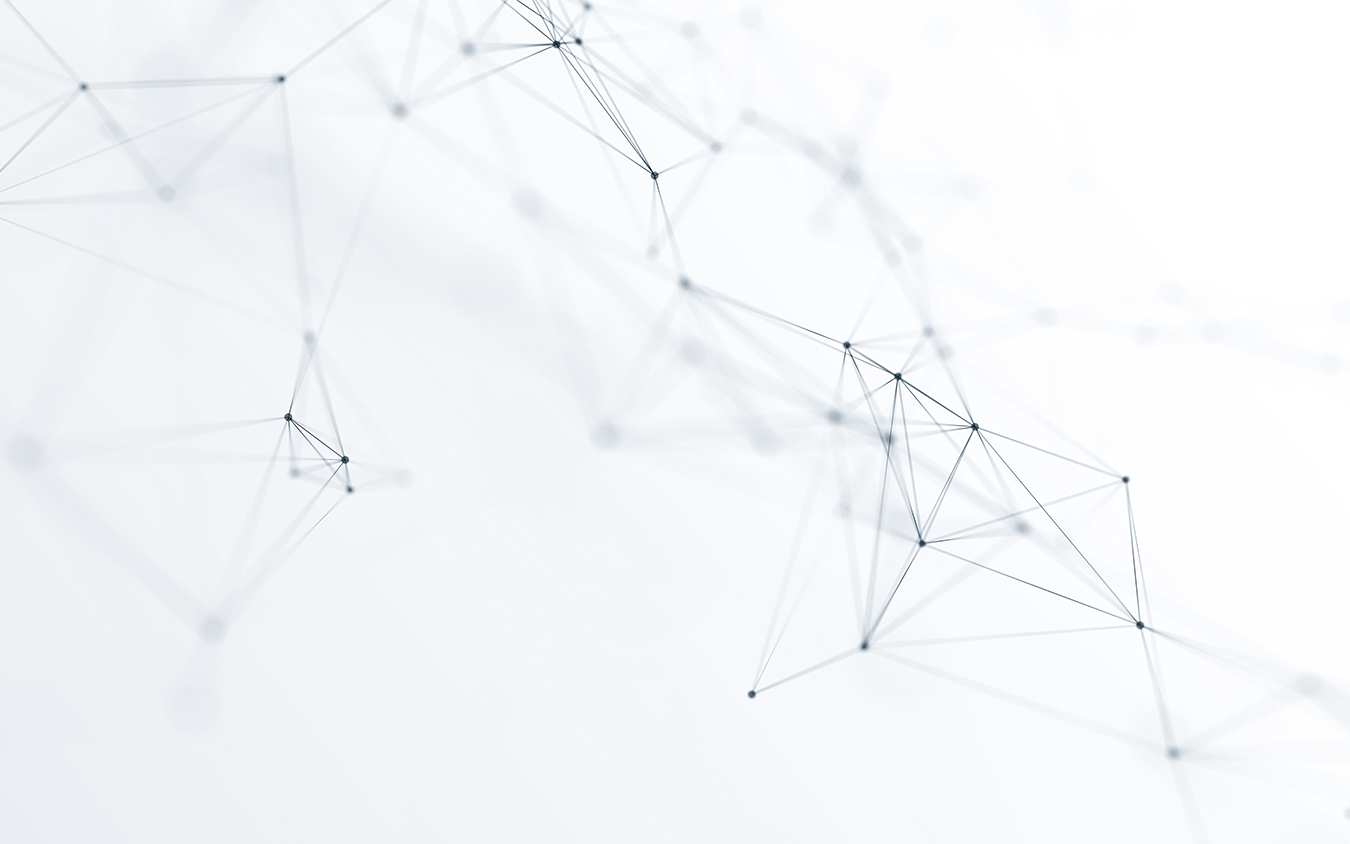
you need help?
faq
What are the differences between the different temporary bonding methods?
All of these three technologies have their specific pros and cons:
1. The glue type of bonding is comparatively expensive and can lead to problems when the package of wafer and carrier is exposed to high temperatures. Besides, it can be used in more or less all process steps.
2. The TAIKO process is a special grinding method to keep the wafer mechanically stable even with reduced thickness in the center. It is cost-effective as grinding is needed in general in wafer thinning. However, the technology is not applicable for all types of semicon processing and each substrate.
3. A mobile electrostatic carrier is a cost-effective method to hold most existing wafer materials also in high hemperatures without contamination issues. Also, the cleaning steps after debonding are avoided. The throughput is comparably high. Full immersion type of processes, where the complete carrier is in contact with liquid, are still challenging for the technology. The bonding force is far lower compared to glue type.
Ask us
Contact us now: Please complete the fields marked with an *!
